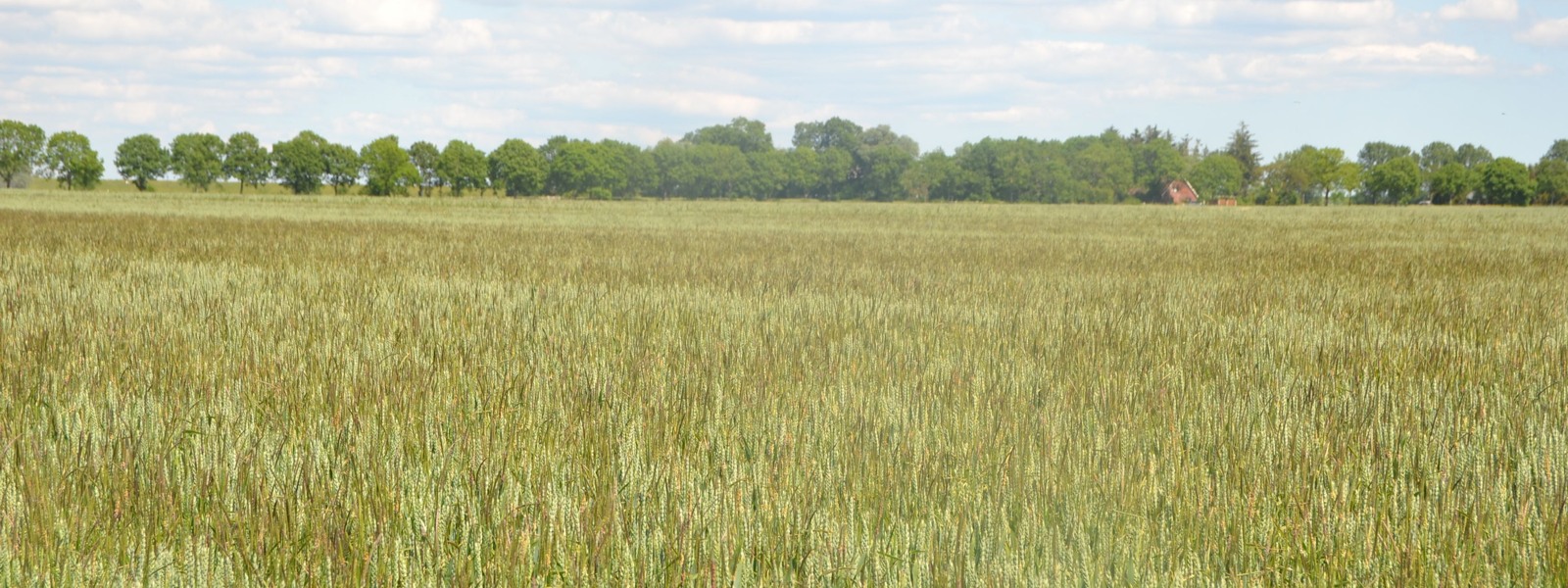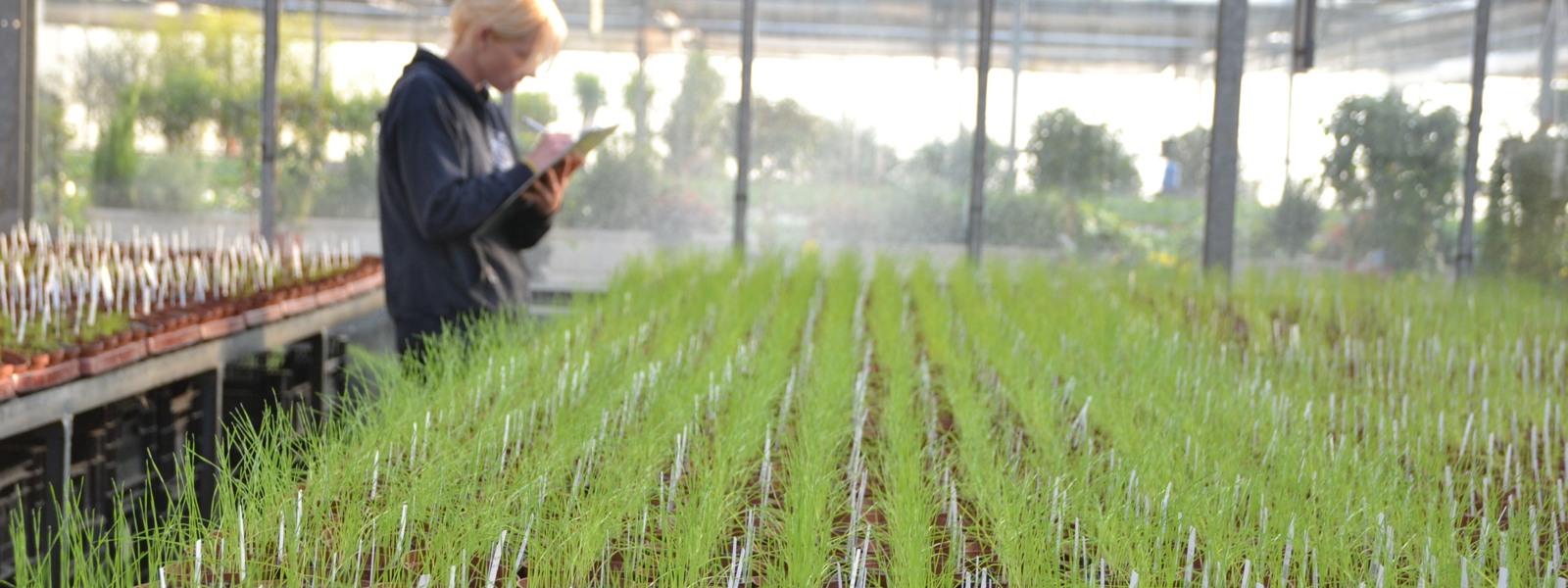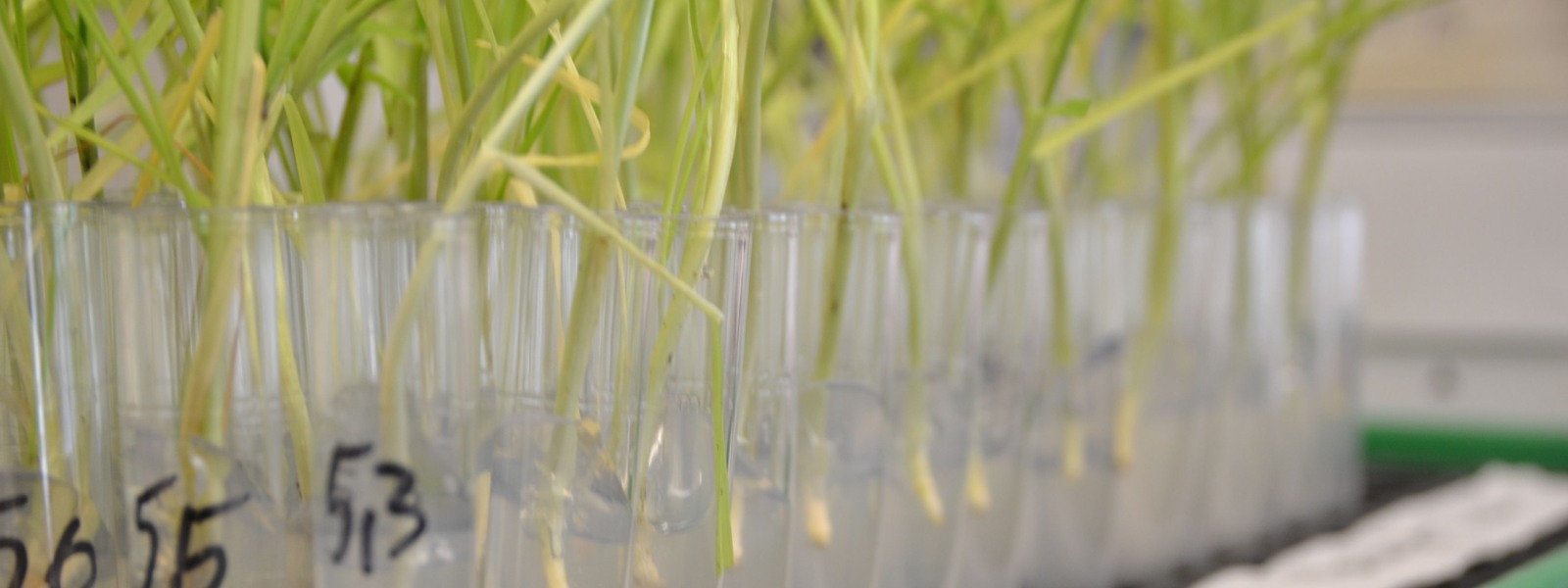What are the benefits of greenhouse testing for farms?
Farmers receive a detailed evaluation that includes:
- the mean of the assessment results
- a meaningful photo documentation
The special added value: Greenhouse testing allows an objective assessment of herbicide efficacy.
Instead of blaming only weather conditions or application errors for weak herbicide performance, it reveals whether biological causes — especially resistance mechanisms within the weed population — play a role.
Important note: Results apply only to the tested field!
The findings refer exclusively to the specific field that was tested.
Transferring the results to other fields — even within the same farm — is not permitted (exception: directly adjacent fields).
Why?
Incorrect generalization could, in the worst case, even promote the development of herbicide resistance!
Why is that?
Each field has its own unique genetic composition of weeds such as black-grass, annual meadow grass, or ryegrass.
Resistance mechanisms vary in frequency across different populations — from rare to widespread.
Repeated use of the same herbicides selects for existing resistant plants; it does not create them.
In other words: Resistance is not caused by herbicide application — it is favored by it.
Conclusion: We cannot influence the genetic starting point.
But we can influence the herbicide strategy.
Why standard strategies are no longer sufficient
A responsible advisor would never recommend the same herbicide strategy for different fields — because every field “ticks” differently.
Tailored strategies, however, require knowing how the weed population reacts to different herbicide modes of action.
This is exactly where greenhouse testing comes into play.
Practical examples from greenhouse testing
You can view three examples of an analysis carried out for an advisory group on black-grass here:
Only the names have been anonymized.
These examples clearly show: Every field has its own resistance profile.






